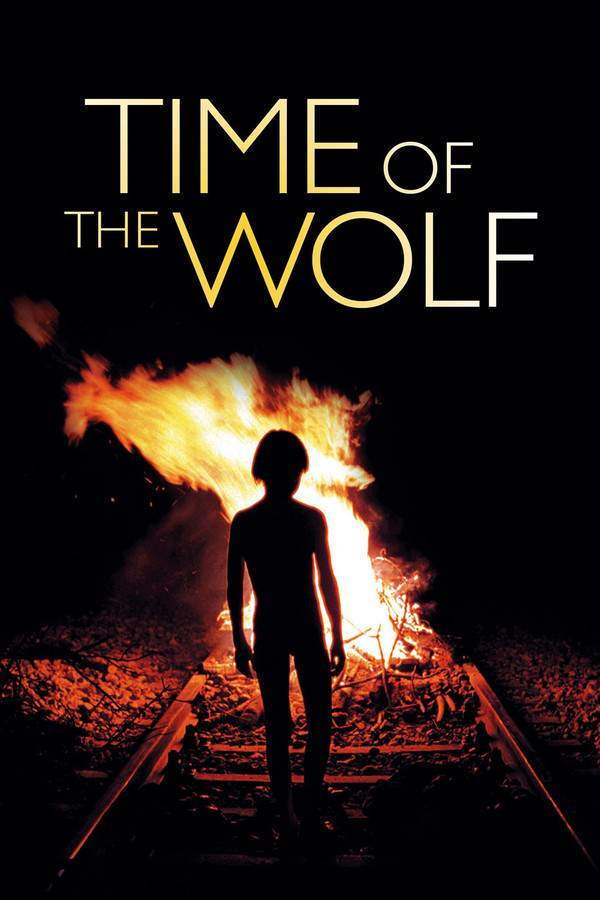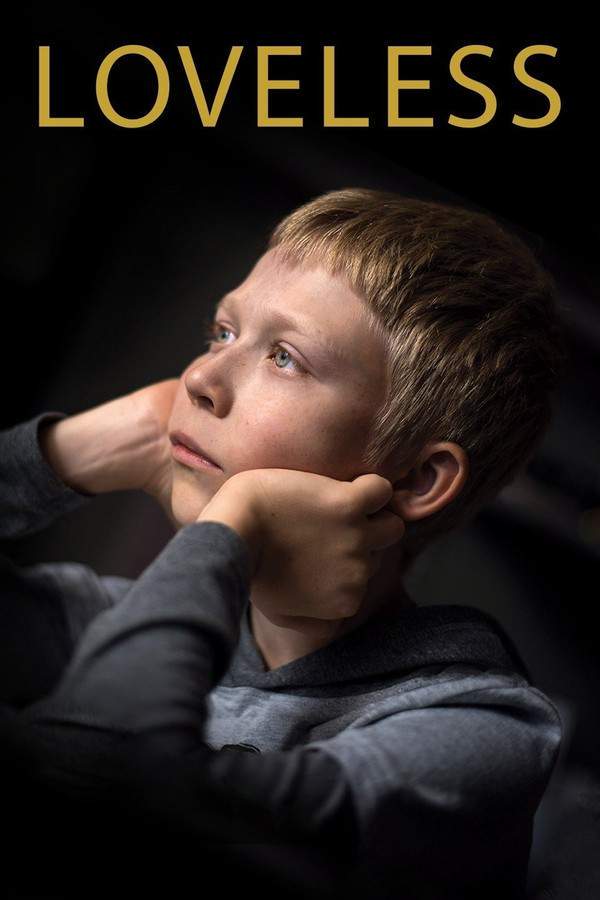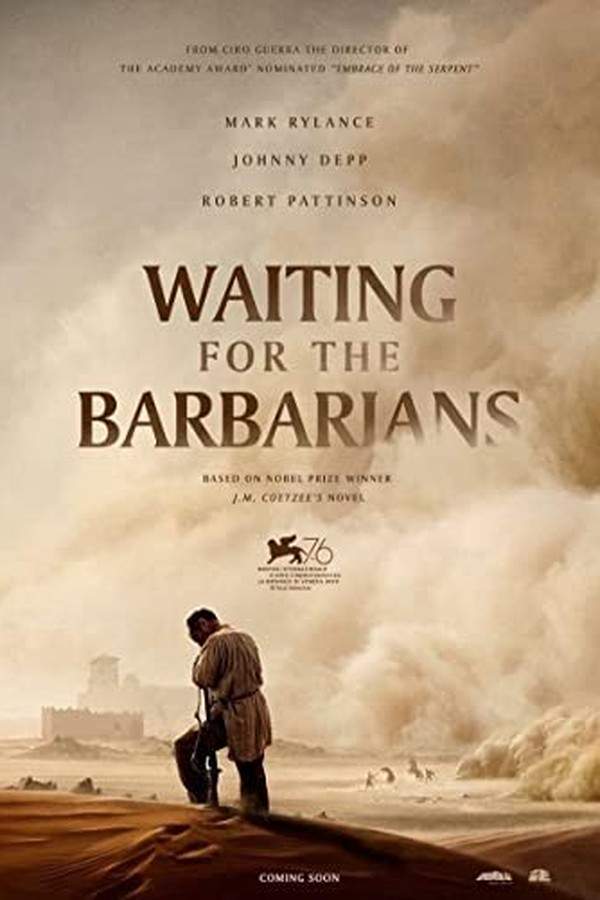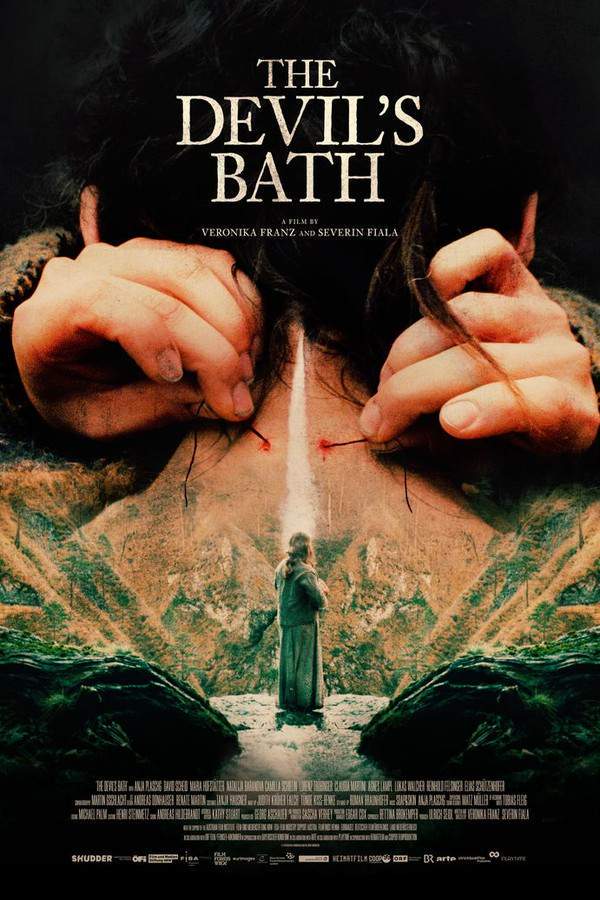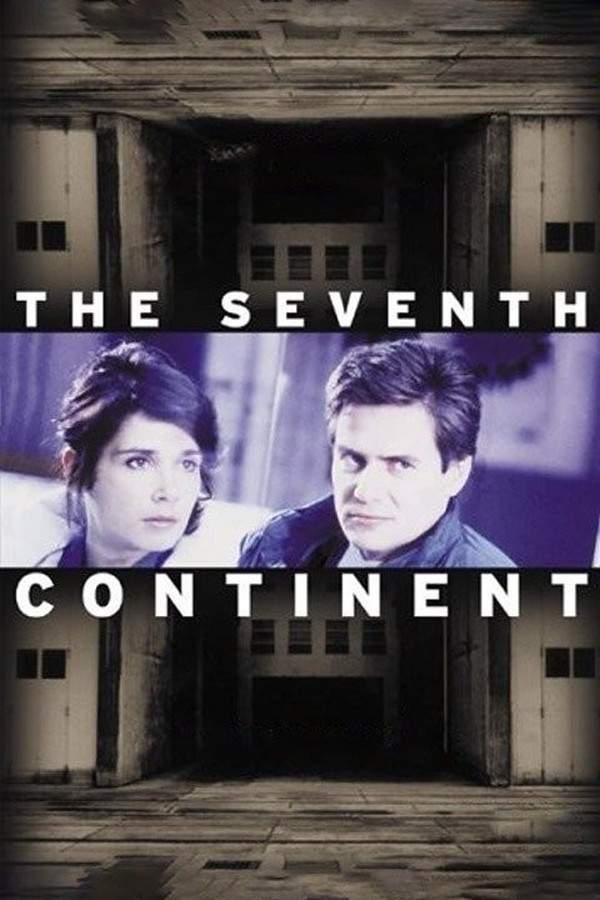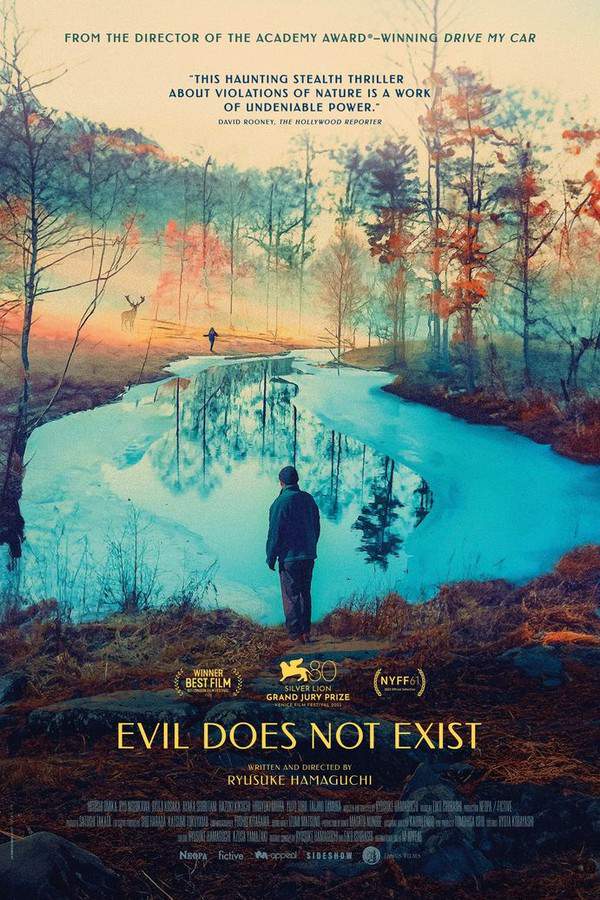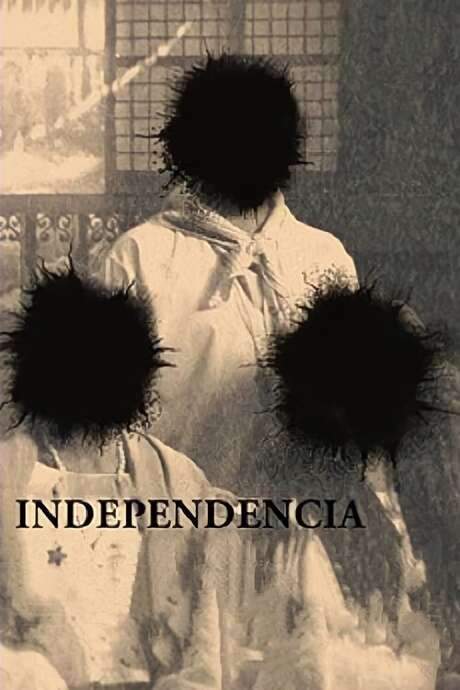
Waiting for the Barbarians
Year: 2017
Runtime: 76 mins
Language: French
Director: Eugène Green
A group of individuals grapples with modern anxieties and the search for meaning in a world saturated by social media. They seek guidance from a sorcerer in this unusual blend of performance art, ghost story, and exploration of consciousness.
Warning: spoilers below!
Haven’t seen Waiting for the Barbarians yet? This summary contains major spoilers. Bookmark the page, watch the movie, and come back for the full breakdown. If you're ready, scroll on and relive the story!
Waiting for the Barbarians (2017) – Full Plot Summary & Ending Explained
Read the complete plot breakdown of Waiting for the Barbarians (2017), including all key story events, major twists, and the ending explained in detail. Discover what really happened—and what it all means.
On the desert frontiers of an unnamed Empire, the Magistrate runs a remote outpost with a steady, patient hand, keeping the peace for years with only minor misunderstandings. His careful governance has made the frontier feel orderly, almost quiet, until the arrival of Colonel Joll, a hard-edged agent acting under a secret plan emanating from the empire’s center. The balance he maintains begins to tilt as Joll imposes a harsher, more systemic approach to “truth” and order.
Colonel Joll is relentless in his interrogation, insisting on brutal methods that test the limits of any code or conscience. He presses an innocent man and his nephew for sheep rustling, pushing the boundaries of what is permissible in pursuit of a so-called truth. The Magistrate struggles to comprehend Joll’s logic, methods, and ends, while the colonial machinery around them seems deaf to any argument about humanity. The tension escalates when Joll forces the tortured nephew to escort him and a detachment of soldiers to the man’s tribe, sweeping up women and elderly people as “prisoners of war.”
Joll departs the next day, leaving the outpost in a wary calm that soon feels fragile. The Magistrate acts quickly to release the prisoners and send them home, attempting to salvage something humane from the encounter. Months later, a former prisoner appears on the streets with two broken ankles, panhandling for help. The Magistrate offers food and shelter and tends to the woman’s injuries, trying to heal rather than punish, a gesture that sparks rumors among soldiers who misread his kindness as lust or ulterior motive. The Magistrate comes to understand the hardships endured by the captive and the death of her father, and he asks her to stay at the fort, but she chooses to return to her people.
After a long and arduous journey through the desert, the Magistrate seeks to restore relations with the mountain nomads, hoping to reopen channels of trust. The nomads are wary and emotionally scarred, and their reception is cool, but the Magistrate’s reputation—paired with the memory that he once aided one of their own—helps prevent a brutal backlash. Nevertheless, Mandel, Colonel Joll’s underling, is assigned to command the fort and quickly accuses the Magistrate of treachery, stripping him of his office and placing him outside the power structures he once stewarded.
The Magistrate’s punishment deepens when he tries to aid other prisoners of war and is beaten by Mandel’s soldiers. He is hauled in for questioning and accused of consorting with the enemy, a public shaming that costs him everything—home, possessions, and status. Colonel Joll departs with a large force to wipe out the mountain nomads, leaving the Magistrate shattered, homeless, and socially exiled. He is taken in by a former servant who feeds and clothes him, offering a quiet, human warmth that contrasts with the brutality he has witnessed.
Joll’s campaign reshapes the region, uniting the dispersed nomadic tribes into a single, formidable army. A horse bearing the mutilated corpse of one of Joll’s men trudges into the fort as Mandel and his units begin a retreat, and the remaining townspeople lash out in fear, looting, raping, and murdering in the wake of the conflict. Joll returns with only a handful of survivors and sits in his coach, seemingly detached from reality, as the city braces for further violence. With no supplies or horses, he and the Magistrate depart together, fleeing while townspeople rain rocks down upon them.
The Magistrate walks through a town scarred by conflict, where boys play-pretend at guard duty beside scarecrows dressed as soldiers at the gates of the fort. His thoughts return to Mélian de Montmélior, the nomad girl he once helped in the desert, Valentine Carette, and a looming shadow grows on the horizon. A cloud of dust rises to reveal the vast, advancing numbers of nomadic warriors heading toward the town, signaling that the cycle of fear and power is far from ended.
Last Updated: October 27, 2025 at 16:47
Explore Movie Threads
Discover curated groups of movies connected by mood, themes, and story style. Browse collections built around emotion, atmosphere, and narrative focus to easily find films that match what you feel like watching right now.
Slow burn political dread like in Waiting for the Barbarians
Atmospheric tales where oppressive systems slowly crush individual conscience.If you liked the oppressive atmosphere and moral decay in Waiting for the Barbarians, explore these films. This thread features movies with a slow burn pace and heavy emotional weight, focusing on characters grappling with brutal authority and systemic injustice, leading to bleak endings.
Narrative Summary
Stories typically follow a protagonist, often a functionary of a corrupt system, who experiences a crisis of conscience. The narrative builds tension not through action, but through the gradual unveiling of brutality and the protagonist's powerlessness to stop it, culminating in their personal and societal collapse.
Why These Movies?
These films are grouped by their shared atmosphere of oppressive dread, slow pacing that amplifies psychological tension, and a relentless focus on the human cost of power. They deliver a heavy, intellectually and emotionally demanding experience centered on moral failure.
Movies about civilization's collapse like Waiting for the Barbarians
Stories set at the edge of empire, where order gives way to brutality.Find movies similar to Waiting for the Barbarians that explore themes of colonialism and the collapse of order. These stories often feature isolated settings, a bleak tone, and focus on the psychological impact of injustice and the consequences of violence, posing tough questions about humanity.
Narrative Summary
The narrative pattern involves an isolated community or individual representing an empire or system. Their sense of superiority is challenged, leading to paranoia and escalating violence. The story deconstructs the myth of civility, showing that the true threat often comes from within the fortress walls, not from the outside 'barbarians'.
Why These Movies?
These movies share a specific thematic focus on colonialism, power corruption, and the myth of civilization. They create a somber, isolated mood and often feature a slow, deliberate pace that allows for a deep exploration of the psychological and moral consequences of maintaining power through brutality.
Unlock the Full Story of Waiting for the Barbarians
Don't stop at just watching — explore Waiting for the Barbarians in full detail. From the complete plot summary and scene-by-scene timeline to character breakdowns, thematic analysis, and a deep dive into the ending — every page helps you truly understand what Waiting for the Barbarians is all about. Plus, discover what's next after the movie.
Waiting for the Barbarians Timeline
Track the full timeline of Waiting for the Barbarians with every major event arranged chronologically. Perfect for decoding non-linear storytelling, flashbacks, or parallel narratives with a clear scene-by-scene breakdown.

Characters, Settings & Themes in Waiting for the Barbarians
Discover the characters, locations, and core themes that shape Waiting for the Barbarians. Get insights into symbolic elements, setting significance, and deeper narrative meaning — ideal for thematic analysis and movie breakdowns.

Waiting for the Barbarians Spoiler-Free Summary
Get a quick, spoiler-free overview of Waiting for the Barbarians that covers the main plot points and key details without revealing any major twists or spoilers. Perfect for those who want to know what to expect before diving in.

More About Waiting for the Barbarians
Visit What's After the Movie to explore more about Waiting for the Barbarians: box office results, cast and crew info, production details, post-credit scenes, and external links — all in one place for movie fans and researchers.




